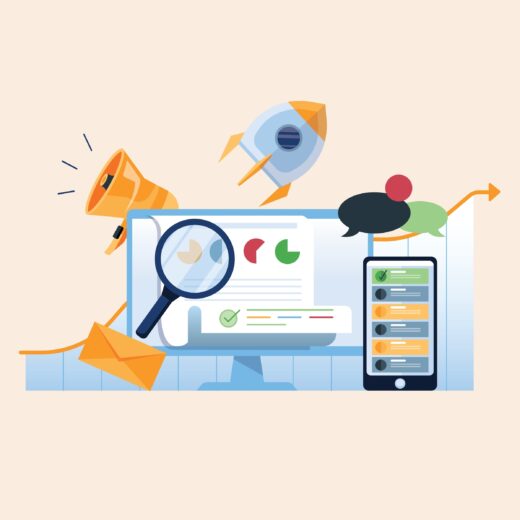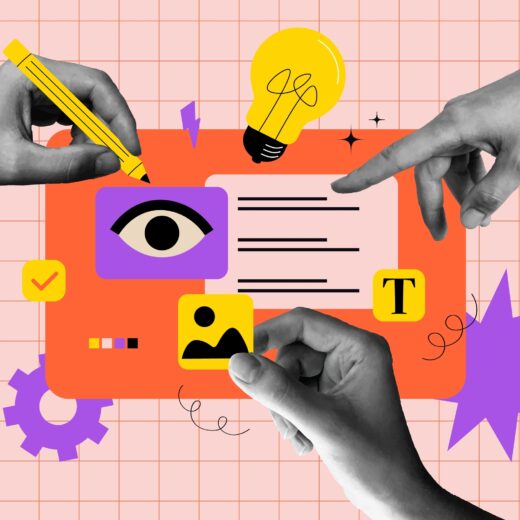The Impact of 5G on Digital Marketing in 2024

In the fast-evolving landscape of digital marketing, staying ahead of technological advancements is not just an option but a necessity. As we stride into 2024, one technological marvel promises to revolutionise the way businesses connect with their audience – 5G. The fifth generation of wireless technology, 5G, is more than just faster internet; it’s a catalyst for change, ushering in a new era for digital marketers.
Blazing Speeds and Instant Gratification
At the heart of 5G’s impact on digital marketing is its unprecedented speed. With data transfer rates reaching up to 20 gigabits per second, the era of buffering and slow-loading websites is on the verge of extinction. Users now demand instant gratification, and 5G ensures that marketers can deliver content seamlessly, creating an immersive user experience.
The reduced latency of 5G enables real-time interactions, paving the way for live streaming, augmented reality, and virtual reality experiences that were once hindered by lag and connectivity issues. Marketers can capitalise on this by creating engaging, interactive campaigns that captivate audiences in ways previously deemed impossible.
Enhanced Mobile Experiences
As mobile devices become the primary means of online interaction, 5G will redefine the mobile experience. Faster download and upload speeds mean that users can access content-rich websites, high-definition videos, and feature-rich applications without a hitch. Marketers must optimise their content for mobile platforms to capitalise on this enhanced mobile experience.
Moreover, the increased bandwidth allows for more sophisticated and data-intensive applications. Augmented reality (AR) and virtual reality (VR) applications, once confined to high-end devices, can now become commonplace on mobile devices. Digital marketers can leverage these technologies to create immersive brand experiences, bridging the gap between the digital and physical worlds.
IoT and Hyper-Personalisation
The Internet of Things (IoT) is set to explode with the widespread adoption of 5G. Connected devices, from smart homes to wearables, will communicate seamlessly and in real-time. This interconnectedness opens up new avenues for hyper-personalised marketing.
Imagine a world where your refrigerator communicates with your favorite grocery store app, anticipating your needs and sending personalised offers. With 5G, marketers can harness the power of real-time data from IoT devices to deliver highly targeted and contextually relevant content, fostering a deeper connection between brands and consumers.
Transforming Location-Based Marketing
5G’s accuracy in geolocation services takes location-based marketing to unprecedented heights. Marketers can now deliver highly targeted, location-specific content to users based on their real-time whereabouts. This capability is a game-changer for brick-and-mortar businesses, allowing them to engage with potential customers in the vicinity and drive foot traffic through personalised promotions.
Overcoming Challenges
Despite the promises of 5G, its widespread adoption is not without challenges. The need for extensive infrastructure development, concerns over cybersecurity, and regulatory hurdles are obstacles that must be overcome. Digital marketers need to stay vigilant and adapt to the evolving landscape, ensuring that their strategies align with the capabilities and limitations of 5G technology.
The impact of 5G on digital marketing in 2024 is monumental. The combination of unprecedented speed, enhanced mobile experiences, IoT connectivity, and transformed location-based marketing presents a wealth of opportunities for innovative marketers. As we step into this new era, those who harness the power of 5G will not only keep pace with the digital evolution but will lead the way in creating memorable and impactful brand experiences for the hyper-connected consumer of tomorrow.






